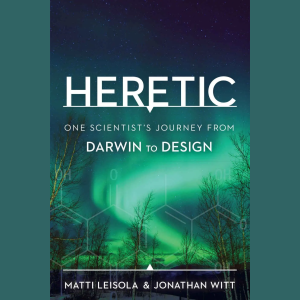Interfaces Between Organsims
[Posted on: 18 December 2024 by Richard Worsley]
Interfaces between separate organisms require design
This video and the associated article talk about working interfaces between different organisms (known in biology as symbiosis). Richard mentions fungus on tree roots as one example, though there are many other cases in the living world. The key point that is being made, is that for two different living things to interact physically in a beneficial way, the interface on each one must be fully compatible with the other, which has surely got to be due to intelligent design. He compares it to a spacecraft docking with a space station, something that requires complex and precise engineering design.
Go to Post









